"It is not new for a few lonely, persecuted radicals to deny the resurrection of Jesus. What is new in this book is that such a number of competent, scrupulous scholars are agreeing that it did not happen, and going so far as attacking fundamentalists for propagating false and misleading views of the Bible."
Dr. Barbara Thiering Author of Jesus and the Riddle of the Dead Sea Scrolls
"Price and his fellow authors study the Bible as a great ancient text steeped in mythology [and] do not thereby denigrate the text or become apologists for a Yahweh of Sinai or Mount of Transfiguration. They appreciate the Bible as a great literary tradition that generates problems and therefore requires new, imaginative attempts to address the problem. The dynamic tradition continues, and The Empty Tomb: Jesus Beyond the Grave proves to be a rigorous and creative part of it. These substantive, challenging articles are indispensable for better understanding how first-century Christianity emerged."
Joe E. Barnhart Professor of Philosophy and Religion Studies, University of North Texas; author of Religion and the Challenge of Philosophy, The Study of Religion and Its Meaning, and The Billy Graham Religion Inquiry
"[A] bracing, dynamic collection of essays examining a central tenet of Christian faith-the resurrection of Jesus Christ after his crucifixion.... Sober, rigorous, and without any trace of malice, they nonetheless present a bold and inescapable challenge to orthodoxy. No reader, either believer or skeptic, can afford to ignore the arguments in this book."
S. T. Joshi Author of God's Defenders: What They Believe and Why They Are Wrong
EDITED BY ROBERT M. PRICE & JEFFERY )AY LOWDER





To George A. Wells and Richard Dawkins, adepts at opening eyes, not least our own.
CONTENTS
ACKNOWLEDGMENTS
Chapter 1, in a slightly different form, appeared in Faith and Philosophy 12, no. 3 (July 1995): 361-79, 1995 by Robert Greg Cavin and Faith and Philosophy, which is reprinted here by permission of the author and the editor.
Chapter 2 includes material from "Why the Resurrection Is Initially Improbable," Philo 1, no. 1 (Spring-Summer 1998): 63-74; "Reply to Davis," Philo 2, no. 1 (Spring-Summer 1999): 62-76; and "Christianity and the Rationality of the Resurrection," Philo 3, no. 1 (Spring-Summer 2000): 52-62. That material is reprinted here with the permission of the journal.
Chapter 4 (without the appendix) appeared in the Journal of Higher Criticism 2, no. 2 (Fall 1995): 69-99, and is reprinted here with the permission of the journal. The appendix originally appeared as "William Lane Craig's Critique" on the Secular Web, 2000, http://www.infidels.org/library/modern/ robert-price/reply-to-craig.html.
Chapter 6 appeared in the journal of Higher Criticism 9, no. 2 (Fall 2002): 175-202, and is reprinted here with the permission of the journal.
An earlier version of chapter 8 appeared in the Journal of Higher Criticism 8, no. 2 (Fall 2001): 251-93, and is reprinted here with the permission of the editor.
Chapter 10 includes material from "The Guarded Tomb of Jesus and Daniel in the Lion's Den: An Argument for the Plausibility of Theft," which appeared in the Journal of Higher Criticism 8, no. 2 (Fall 2001): 304-18, and is reprinted here with the permission of the editor.
Chapter 11 appeared in the Journal of Higher Criticism 10, no. 1 (Spring 2003): 137-52, and is reprinted here with the permission of the editor.
Chapter 12, in a slightly different form, appeared on the Secular Web, 1997, http://www.infidels.org/library/modern/robert_price/stinketh.html, and is reprinted here with the permission of Robert M. Price.
Chapter 13 includes material from Keith Parsons, Why I Am Not a Christian (Roswell, GA: Freethought Press, 2000) and is reprinted here by permission of the Freethought Press/Atlanta Freethought Society.
Chapter 15 appeared in Philo 4, no. 2 (Fall-Winter 2001): 169-84, and is reprinted here with the permission of the journal.
THE EMPTY TOMB
INTRODUCTION:
THE SECOND LIFE OF JESUS
ROBERT M. PRICE
EMPTY TOMB AND EMPTY WORDS
 he second life of Jesus": this striking phrase from Friedrich Schleiermacher's Life ofJesusl contains like a seedpod all manner of implicit questions and problems concerning the central Christian belief in Jesus' resurrection from the dead. Schleiermacher would have steadfastly affirmed his belief in the resurrection of the Redeemer (as he liked best to call him), but he seemed to have a double understanding of the term. Like subsequent liberal theologians Wilhelm Herrmann and Martin Kahler, and then Paul Tillich, Schleiermacher believed that Christian salvation, the uniquely Christian brand of piety or God-consciousness, was transmitted from generation to generation in the Christian community by setting forth (preaching) the picture of Jesus Christ as drawn from the New Testament gospels. For Schleiermacher, the piety of Jesus was seen most directly in Luke and John, especially the latter. As long as the personhood or personality of Jesus as the religious hero or ideal was available through the medium of gospel preaching, Jesus could be considered a living entity or a living force. And in this sense, he was raised. As Rudolf Karl Bultmann's view would later be summed up, Jesus had been "raised into the kerygma," into the preaching of the early church.
he second life of Jesus": this striking phrase from Friedrich Schleiermacher's Life ofJesusl contains like a seedpod all manner of implicit questions and problems concerning the central Christian belief in Jesus' resurrection from the dead. Schleiermacher would have steadfastly affirmed his belief in the resurrection of the Redeemer (as he liked best to call him), but he seemed to have a double understanding of the term. Like subsequent liberal theologians Wilhelm Herrmann and Martin Kahler, and then Paul Tillich, Schleiermacher believed that Christian salvation, the uniquely Christian brand of piety or God-consciousness, was transmitted from generation to generation in the Christian community by setting forth (preaching) the picture of Jesus Christ as drawn from the New Testament gospels. For Schleiermacher, the piety of Jesus was seen most directly in Luke and John, especially the latter. As long as the personhood or personality of Jesus as the religious hero or ideal was available through the medium of gospel preaching, Jesus could be considered a living entity or a living force. And in this sense, he was raised. As Rudolf Karl Bultmann's view would later be summed up, Jesus had been "raised into the kerygma," into the preaching of the early church.
All this is a survival of Pietist talk of Jesus as a living, personal savior at the right hand of God in heaven as well as at one's elbow during one's devotional hour of prayer and Bible reading. "He walks with me, and he talks with me, and he tells me I am his own." Another liberal theologian, Albrecht Ritschl, did not like the sound of this and was very clear (as was Willi Marxsen, a later theologian) that Jesus' resurrection meant, not any personal survival, but rather that his cause continued despite his physical absence. In Ritschl' s terms, the danger was that, unless one stuck to the New Testament Jesus (as discerned by historical criticism), he might be replaced by a personal savior customized by one's own sentiments, neuroses, conscientious scruples, and who knows what else. The Jesus who walks and talks with the Pietist is talking with the Pietist's own voice. Herrmann, too, warned against this. His Jesus-picture had to be strictly gospel-derived, and he posited no give-and-take interaction with a living Jesus.
Schleiermacher, like Adolf Harnack and Paul Tillich after him, stressed that the Redeemer was communicating the Father, not the Son. He was promoting God-consciousness, not Christ-consciousness, and for these theologians Christ remained the medium of that God-consciousness. They didn't think Christianity was some sort of Jesus personality cult.

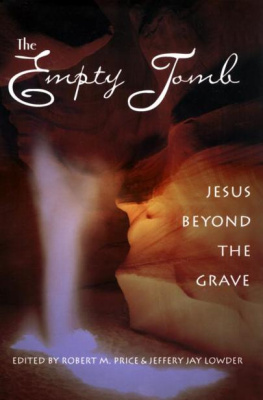
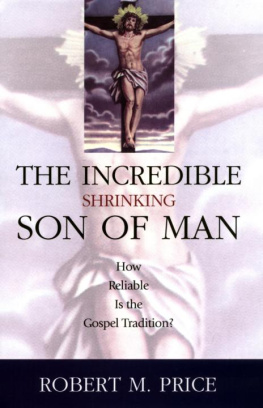
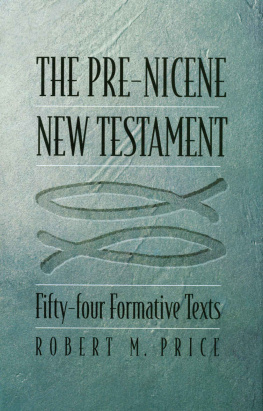
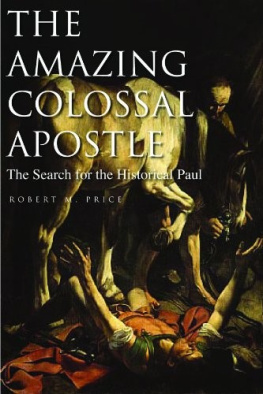

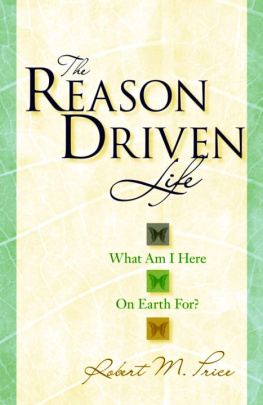



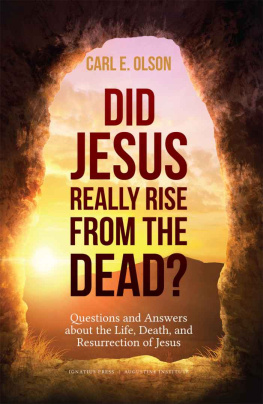


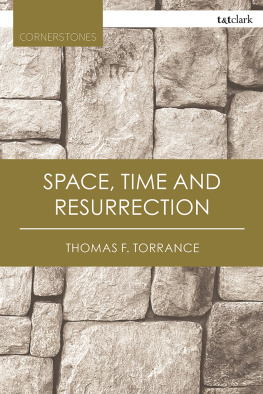
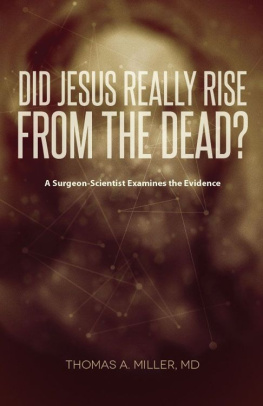
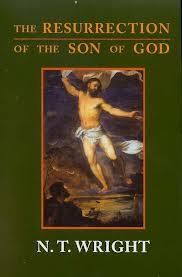
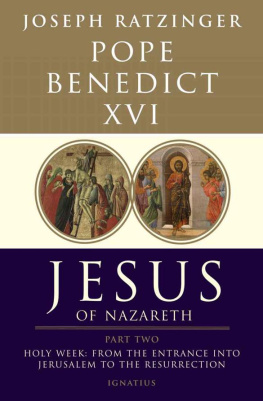




 he second life of Jesus": this striking phrase from Friedrich Schleiermacher's Life ofJesusl contains like a seedpod all manner of implicit questions and problems concerning the central Christian belief in Jesus' resurrection from the dead. Schleiermacher would have steadfastly affirmed his belief in the resurrection of the Redeemer (as he liked best to call him), but he seemed to have a double understanding of the term. Like subsequent liberal theologians Wilhelm Herrmann and Martin Kahler, and then Paul Tillich, Schleiermacher believed that Christian salvation, the uniquely Christian brand of piety or God-consciousness, was transmitted from generation to generation in the Christian community by setting forth (preaching) the picture of Jesus Christ as drawn from the New Testament gospels. For Schleiermacher, the piety of Jesus was seen most directly in Luke and John, especially the latter. As long as the personhood or personality of Jesus as the religious hero or ideal was available through the medium of gospel preaching, Jesus could be considered a living entity or a living force. And in this sense, he was raised. As Rudolf Karl Bultmann's view would later be summed up, Jesus had been "raised into the kerygma," into the preaching of the early church.
he second life of Jesus": this striking phrase from Friedrich Schleiermacher's Life ofJesusl contains like a seedpod all manner of implicit questions and problems concerning the central Christian belief in Jesus' resurrection from the dead. Schleiermacher would have steadfastly affirmed his belief in the resurrection of the Redeemer (as he liked best to call him), but he seemed to have a double understanding of the term. Like subsequent liberal theologians Wilhelm Herrmann and Martin Kahler, and then Paul Tillich, Schleiermacher believed that Christian salvation, the uniquely Christian brand of piety or God-consciousness, was transmitted from generation to generation in the Christian community by setting forth (preaching) the picture of Jesus Christ as drawn from the New Testament gospels. For Schleiermacher, the piety of Jesus was seen most directly in Luke and John, especially the latter. As long as the personhood or personality of Jesus as the religious hero or ideal was available through the medium of gospel preaching, Jesus could be considered a living entity or a living force. And in this sense, he was raised. As Rudolf Karl Bultmann's view would later be summed up, Jesus had been "raised into the kerygma," into the preaching of the early church.